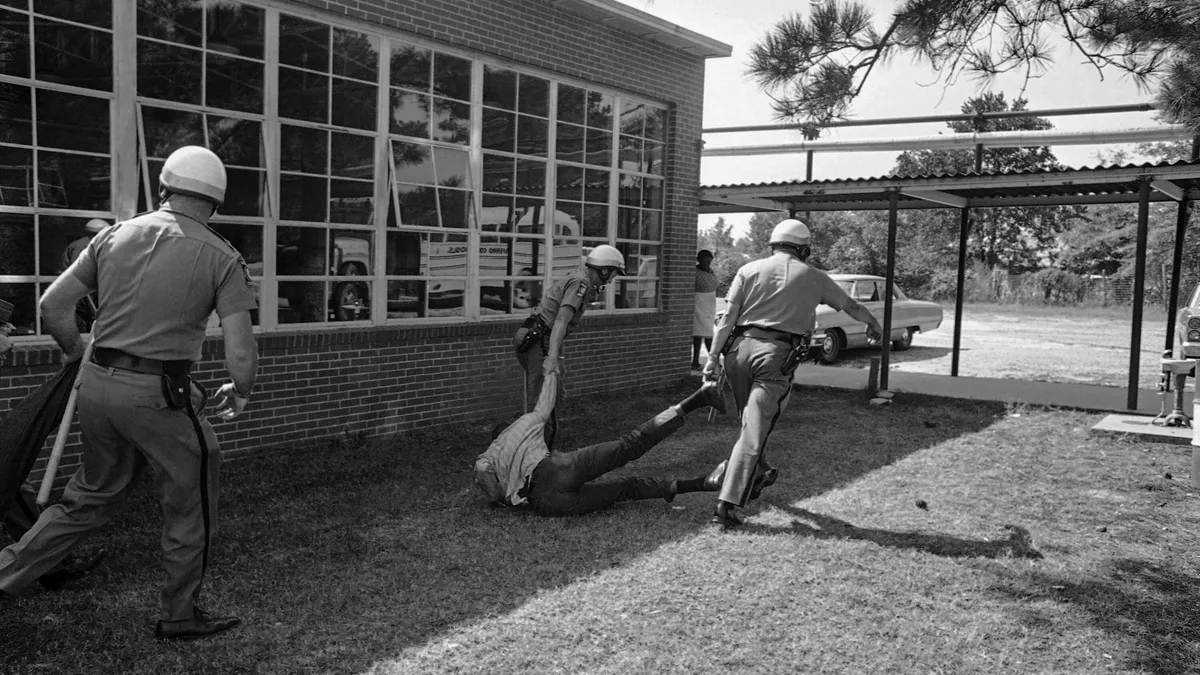Schools and districts across the country are experiencing an unprecedented spike in challenging behavior that has been attributed, in large part, to the COVID-19 pandemic. Although behavioral issues have been on the rise for over a decade, the impact of the pandemic was far greater than anyone anticipated. Significant staffing shortages and increases in mental health issues, substance abuse and interpersonal violence have exacerbated this challenge, negatively impacting both students and staff.
During a recent webinar, Dr. Will Henson, licensed clinical psychologist, consultant to school districts and co-founder of 321 Insight, discussed the root causes of most challenging behaviors impacting schools across the nation, and provided clear direction to help leaders address this crisis.
Staff in every position in a school or district have a role to play in managing the behavior spike. They need to understand the causes of these behaviors and feel supported and able to address them effectively. This involves a system-wide, cultural mindset shift that must be driven by leadership.
Dr. Henson outlined five key areas leaders must focus on to build a culture of resilience and well-being, the essential first step to developing a school- and district-wide trauma-informed environment that supports all students. The key areas are:
Intentional leadership
The behavior spike will not end on its own. Students and staff need leaders to guide them out of the crisis, setting goals, providing direction, and offering genuine support on a consistent basis. Intentional leaders help staff understand their work has meaning and purpose, and keep them informed about the process, even if the outcome is unclear.
Trauma-informed mindset amongst ALL staff
Certain behavior interventions, no matter how well thought out, don't work for all students. To develop and implement effective intervention strategies, staff need a working knowledge of how the central nervous system operates, what it means to be regulated, and the impact adverse childhood experiences (ACEs) can have on students. This is essential to helping staff in all roles develop a trauma-informed mindset. Embedded, ongoing training is key to supporting the implementation of effective trauma-informed practices.
Managing staff stress
Staff stress levels have never been higher, and behavior is one of the top reported stressors for all staff. Leaders must take proactive measures to ensure staff develop the skills they need to address behavioral challenges, along with a clear understanding of why they occur. Setting clear and supportive expectations for staff that explicitly address how they well be measured is critical, especially considering current staff and resource shortages. Leaders need to reach out to staff frequently, and listen to their concerns without judgement, to build trust and create an environment in which they feel supported.
Trauma-informed behavior interventions
Predictability is essential to creating a trauma-informed environment. Staff must be structured and routine-oriented in their approach with students, to include developing predictable ways of responding to issues in the classroom. Schedules should be posted and adhered to consistently, and other visuals such as examples of what successful behavior looks like should be prominently displayed. Students with ACEs are visual scanners, constantly reviewing and assessing their environments. Posting visuals helps create a safer space for students.
Trauma-informed discipline and response
Although discipline is a necessary part of a healthy, well-functioning school environment it often produces high levels of anxiety for students. Dysregulated students are particularly challenged, as conventional disciplinary methods are generally not effective. Although students need to be held to high standards for behavior, they also need high levels of support from staff they trust. Building and maintaining strong, supportive relationships allows staff to set high expectations for students and provide the level of support they need to be successful.
Leaders must take an active role in encouraging staff to actively engage with the mission of supporting all students. This means ensuring they have the training and skills they need to be effective, setting clear and specific goals and proactively supporting staff every step of the way.
To learn more about professional development tools to implement a trauma-informed and resilience-oriented approach at your school or district, please visit www.321insight.com.










